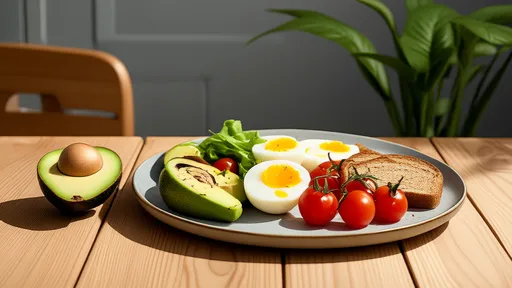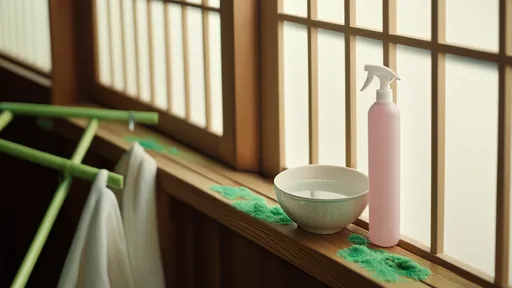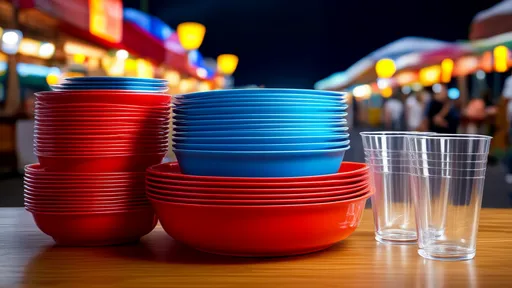The night market is a vibrant tapestry of flavors, aromas, and sounds, where food takes center stage. Yet, behind the scenes of sizzling skewers and steaming bowls lies an often-overlooked element: the humble tableware. These unassuming tools—chopsticks, bowls, plates, and cups—play a crucial role in shaping the night market experience. From disposable bamboo skewers to reusable melamine bowls, the choice of tableware reflects cultural traditions, environmental concerns, and practical considerations unique to these bustling open-air markets.
In many Asian night market, disposable tableware dominates the scene. Thin plastic forks, flimsy paper bowls, and wooden chopsticks are bundled with every order, offering convenience to both vendors and customers. The ephemeral nature of these items mirrors the transient joy of night market itself—quick, satisfying, and without lingering responsibility. However, this convenience comes at a cost. Mountains of single-use tableware pile up by night's end, a sobering counterpoint to the lively atmosphere. Some vendors have begun shifting toward biodegradable alternatives, like sugarcane pulp containers or cornstarch utensils, though adoption remains uneven across different regions.
Reusable tableware tells a different story. Certain night market stalls, particularly those serving signature dishes passed down through generations, insist on ceramic bowls or metal chopsticks. These materials carry weight—literally and figuratively—connecting the eater to tradition. A thick porcelain bowl cradling spicy tofu soup feels substantial in the hands, grounding the fleeting night market experience in something enduring. For regular patrons, these familiar tableware become part of the ritual, as integral to the meal as the flavors themselves. Yet, the logistics of washing and storing reusable items in cramped night market conditions pose challenges that limit their widespread use.
The aesthetics of night market tableware often go unnoticed but contribute significantly to the overall sensory experience. Vibrant red plastic cups for bubble tea, mismatched enamel plates with chipped edges, or stainless steel ladles gleaming under string lights—each choice adds visual texture to the feast. Some vendors intentionally select tableware that complements their food's presentation; think black lacquer boxes for sushi or hand-thrown earthenware for rustic stews. These subtle pairings elevate street food beyond mere sustenance into something approaching art.
Environmental concerns have sparked innovation in night market tableware design. Entrepreneurs are experimenting with edible rice husk containers, seaweed-based wrappers that dissolve in soup, and even bamboo fiber plates sturdy enough for multiple uses. Night markets in progressive cities now feature "green zones" where patrons pay deposits for durable tableware, returning them to kiosks after use. While these systems require cultural adaptation—many night market-goers cherish the carefree disposability of traditional options—they represent an important shift toward sustainability in informal dining spaces.
The future of night market tableware may lie in hybrid solutions. Smart materials that transition from rigid to compostable based on temperature, embedded RFID chips that track reusable item circulation, or even antimicrobial coatings that reduce water-intensive washing could all play roles. What remains constant is the tableware's silent partnership with night market culture—facilitating connection, preserving tradition, and occasionally, like a well-worn pair of chopsticks, telling stories of countless meals shared under the stars.

By /Aug 15, 2025

By /Aug 15, 2025

By /Aug 15, 2025

By /Aug 15, 2025

By /Aug 15, 2025

By /Aug 15, 2025

By /Aug 15, 2025

By /Aug 15, 2025

By /Aug 15, 2025

By /Aug 15, 2025

By /Aug 15, 2025

By /Aug 15, 2025

By /Aug 15, 2025

By /Aug 15, 2025

By /Aug 15, 2025

By /Aug 15, 2025

By /Aug 15, 2025

By /Aug 15, 2025

By /Aug 15, 2025

By /Aug 15, 2025